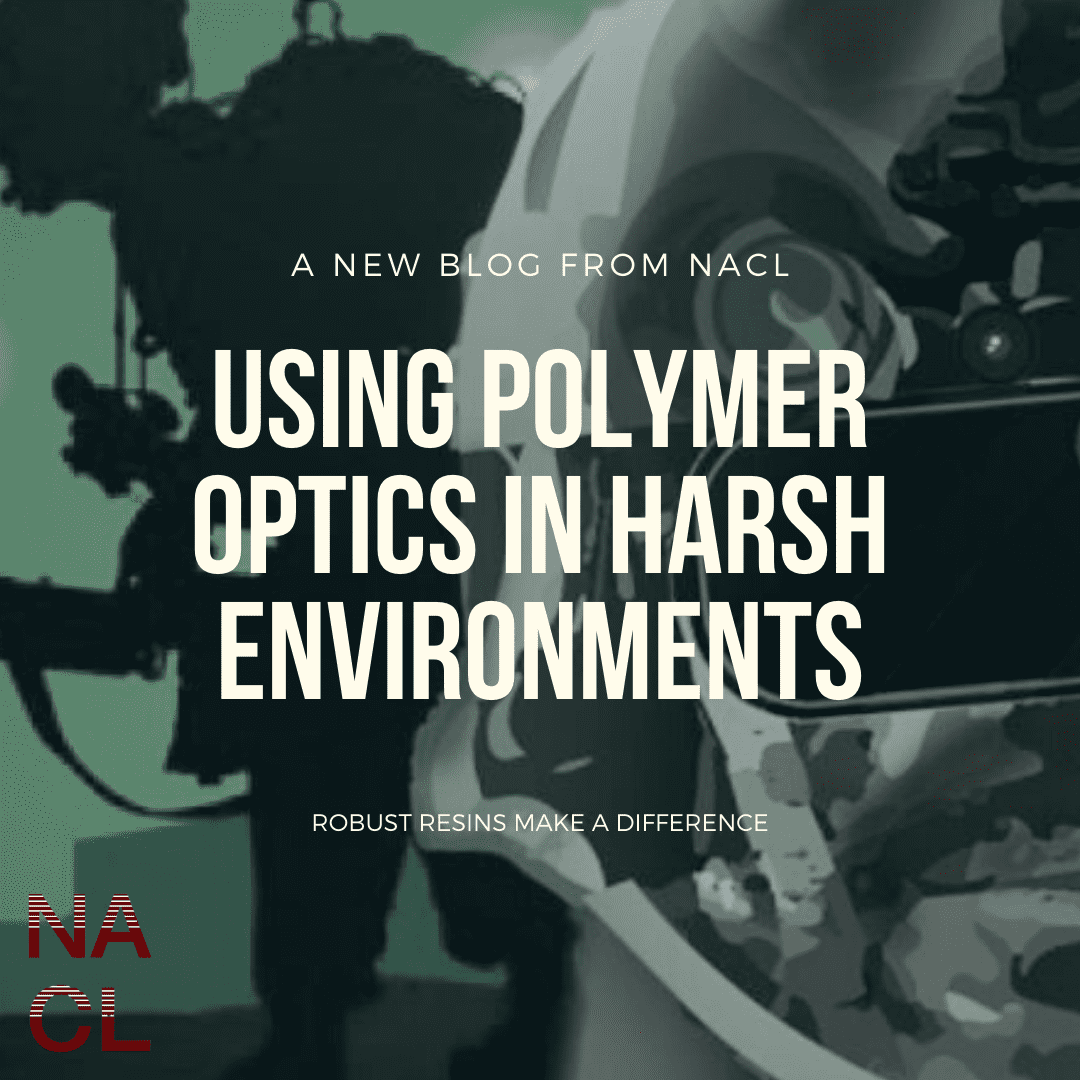Polymer optics are being used in a much wider array of applications as the manufacturing processes becomes more refined and the variety of polymers available for unique applications increases. Polymer optics in their virgin form (as molded, machined or diamond-turned) are still very soft and fragile. To overcome this obstacle, polymer material suppliers have been working with enhancements at the resin level, but such improvements have not yielded the results needed to sustain polymer optics in the most severe environments.
Multiple deposition techniques can be used to help make polymer optics more robust. Among the most durable is a dip, spray, or spin applied resin coating known as polysiloxane. This is a thermally or UV light cured resin that can be optically matched to a polymer and provides a durable smooth surface. Polysiloxane coatings help polymer optics survive thermal, environmental, abrasion, chemical, and adhesion challenges that occur in the most unforgiving of environments. All polysiloxane deposition techniques have their advantages and disadvantages which can be discussed with a thin-film coating professional in order to select the appropriate deposition method for your unique application.
When coupled with a vacuum deposited coating, polysiloxane coatings offer a great foundation for a durable film that can survive in some of the most challenging applications. Additional advancements in vacuum deposited coatings have also helped make polymer optics a fantastic solution for all types of environments. To date we have supplied coated polymers to the military for use in night-vision and sighting applications, to commercial aviation customers for use in the cockpit of an airliner that sees hundreds of thousands of customers yearly, and even to theme parks where park guests constantly handle coated plastics day in and day out.
We’d love to chat more about your program and see if our coating solutions are a fit for your application. Please give us a call so we can help you with your decision as to which process is most beneficial for your program.






